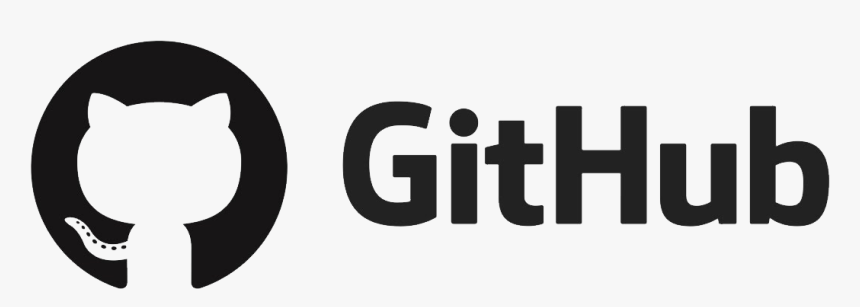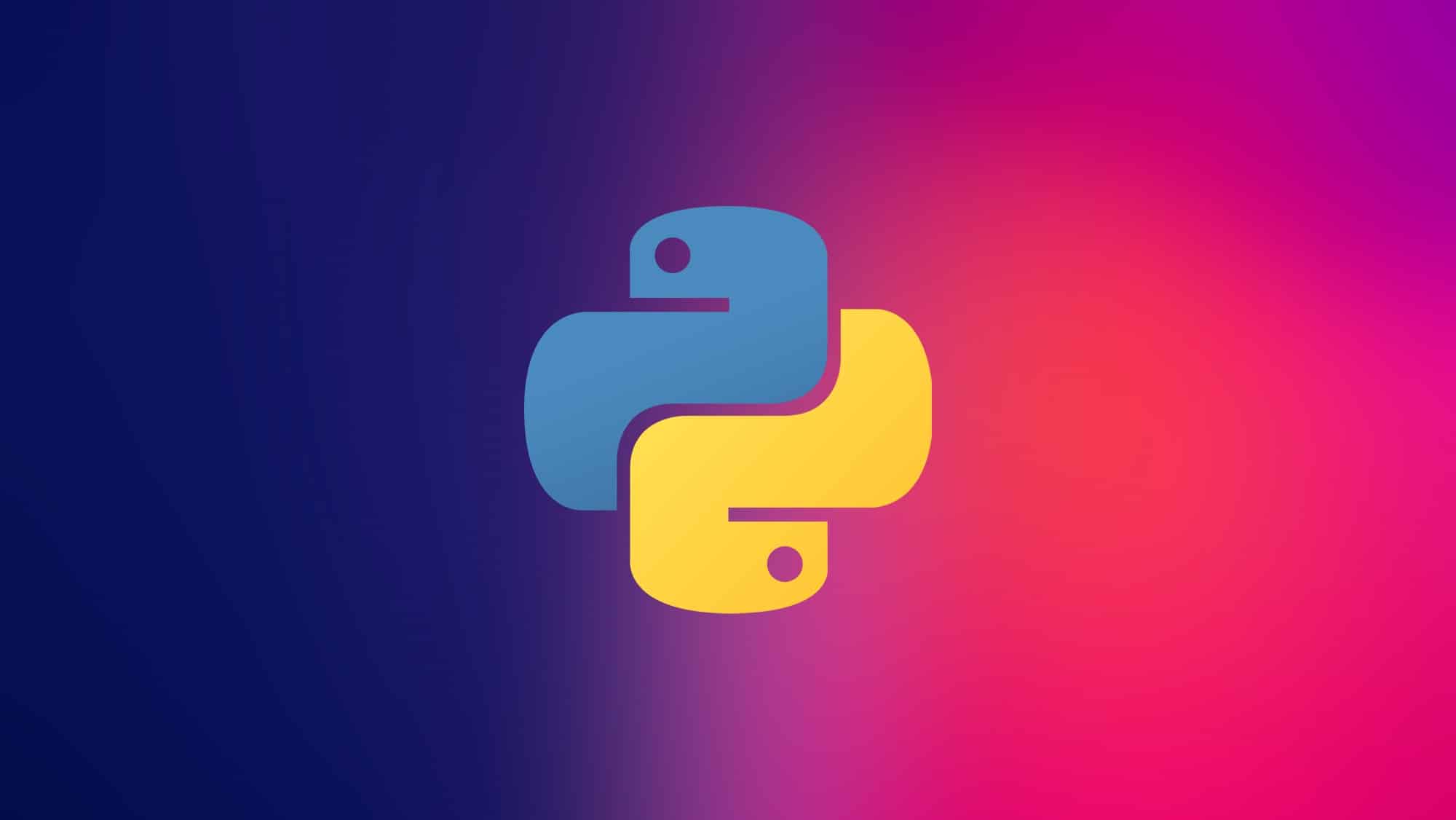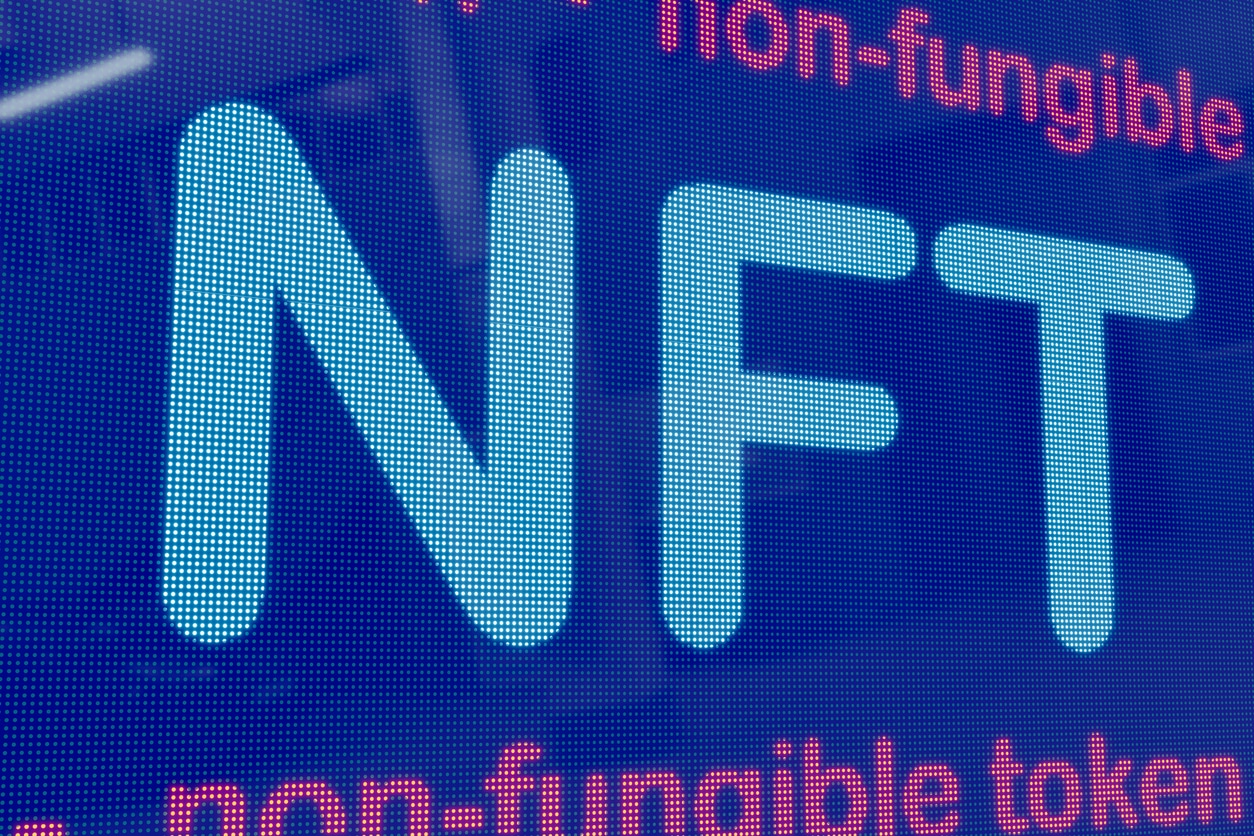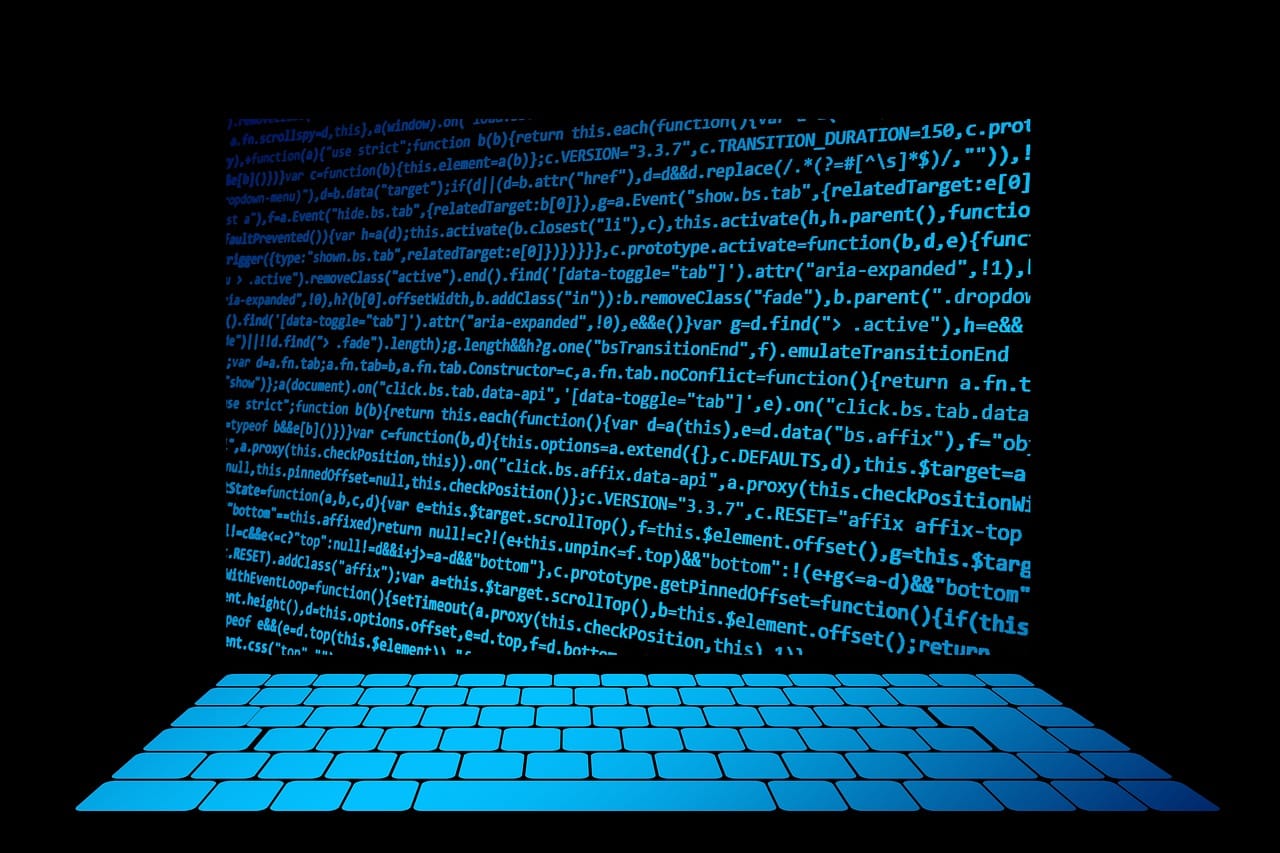GitHub is one of the most popular communities of Developers from all over the world. It’s a platform that fosters collaboration and communication between developers takes place. The very useful feature of GitHub is that it allows the development teams to collaborate in a single place and work together for the same project and create new versions of applications/software without interrupting the previous version of the application. But, GitHub has more than just these features. There are more features of GitHub including this. So, do you wish to learn how to use Github? Keep reading to learn more!
- What is GitHub?
- Why is GitHub useful?
- Benefits of GitHub
- How To Create An Account On GitHub?
- How To Create A GitHub Repository?
- How To Use GitHub Operations?
- What Is Cloning And Forking GitHub Repository?
- Conclusion
- Frequently Asked Questions (FAQs)
- Recommended Articles
In this article, we are going to discuss, how you can create your GitHub account and use it effectively. We’ll also discuss some useful operations that you can perform on your GitHub account.
What is GitHub?
We can divide GitHub into two parts such as Git, and the Hub. Here, Git implies the versions of the applications and controls every change made to the code. The Hub means the community of developers from all over the world. These developers can participate in your development project easily and collaboration becomes easy.
The repository hosting service of GitHub provides a graphical interface where you can put your code, manage your files, and find solutions where you get stuck. As it has a large community, developers from all over the world that consistently try to solve the real-world problems faced by people and put the code or solution on their GitHub profiles. So, if another person from a different part of the World faces the same issues, he can use the solution or modify it based on his requirements.
GitHub helps team members to work together on a single project or multiple projects from any location in the world. They can create new versions of applications and also review the previously created repositories of that application.
Programmers can find the source code to the number of solutions provided by developers on GitHub and can use the command-line interface, Git, that allows you to make changes and track those changes easily.

Why is GitHub useful?
GitHub provides a number of benefits to people while some people think of using Dropbox or any cloud-based system for the development purpose. But GitHub provides functionalities over other platforms and that’s the reason it is very useful. For example, Suppose your team is working on a project on any other platform, and you are the admin of that group on that platform. All the team members or developers have submitted their code to you and you forgot to save that code and close the platform. Also, the person who saves the file first is preferred first over other team members. But, on GitHub, the document changes are reflected in the repository and can be organized in a good manner to avoid any complications between the changes made.
So, one can use GitHub as a centralized repository that avoids all these complications, and working on the same code or project becomes easy on it.
Benefits of GitHub
Contribution To Open-source Projects
Most of the open-source projects are hosted on GitHub. You can also use it for free to work on an open-source project and it also includes the use of Wiki and an issue tracker that tracks the issues in your repositories. You can also use the documentation of any open-source project to better understand what’s going on inside the project and give your suggestions about the project. Even it is possible that you can contribute your code to that project.
Suppose, in any open-source project, the developers faced an issue and they documented the issue on their repository. You find the repository and try to solve the issue. The good thing is that you got successful while solving the issue. And you can submit your code or contribute to the project which makes it helpful for other developers to understand your solution. So contribution, collaboration, and communication with other developers are made easy by using GitHub.
Showcase Your Skills Through The Projects
GitHub is so popular that big IT companies are also including Git as an additional skill to find the perfect candidates for their organization. So that you can also show up your skills on GitHub, by contributing to various open-source projects, creating your projects repositories, and solving real-world problems. The more projects you submit and contribute to, the more it will help you to understand the largest community and increase the chances of you being selected by big IT companies. You can directly share your GitHub ID link to the employer and he can find all the projects that you have done. So, showing up your projects/skills on GitHub is very useful and easy.
GitHub Is A Repository
As we already mentioned that GitHub is a repository where you can submit your code, files, and project work without any hassle. There are options available for you if you want to make your code public or private. This is because some developers work for an organization and collaborate on it to work on their projects. In that case, they need to make their code private as they are working for their organization. But, if you are working on an open-source project and want more developers to collaborate on your project, then you might need to make your Repository public.
Collaborate With Developers Around The Globe
GitHub has a large community of developers from all over the world. So, if you have an idea or want to contribute to someone’s idea to solve problems of real-world. Then you can collaborate with those developers on this platform.
Documentation
GitHub has excellent documentation that helps you to find solutions to various problems on GitHub. Suppose you’re stuck somewhere while using GitHub and don’t know where to go. Then you can go to the help section where you will find articles and guides for nearly or exactly the topic related to your problem. Due to its large community, most of the topics that any developer may face, are solved and documented so that no other developer should face the same problem again.
Installation Process: How To Create An Account On GitHub?
Here are the steps that you need to follow to create a GitHub account and install it on your machine:
- Install Git and Sign up for a GitHub account: You can simply go to the website of GitHub and can download from there. You can also find documentation on how to install GitHub for different platforms.
- You can follow the above links to go to the documentation on how to install Git on your specific machine.
- After that, you need to create a GitHub account. To do that, you need to click on Join GitHub on the official website. After entering the required details such as username, email, and password. You might witness a Captcha puzzle to solve. After that, you can simply click on Create an account.
- This will create your account and send the confirmation email to the mail address you provided. After successful verification of your account, you can access your account by entering the credentials.
How To Create A GitHub Repository?
A GitHub repository is just like a storage space where you can put your local files, folders, and project code. The GitHub repository is very beneficial when you are submitting a code for any project and may want to incorporate some changes in the future. Then it is a best practice to use GitHub for your projects. You can easily track all the changes made by you or other developers. The GitHub repository works as a remote repository. So that you can access your repository from anywhere. Follow the steps below to create a repository on GitHub:
- Go to the platform by following the given link.
- After that, you need to click on Sign Up for GitHub to create an account.
- After the successful creation of your account, you need to click on “Start a project”.
- When you click on Start a project, you might see a new page where you can see the title is Create a new repository.
- On that page, you need to fill in the details about your project and select the public or private based on your preference. After that, click on “Create Repository” and you will be able to create the repository.
- Now, you can submit your code, and upload your files and folders to that repository.
How To Use GitHub Operations?
There are various operations that you can perform on GitHub such as Branching, Commit command, merge command, and pull command.
Branching
Branching is useful when you want to create different versions of your repository. For example, you created a repository of an application and you are making changes or adding more features to your application. So that you can create a branch of your repository that will act just like the version of applications that you are creating. Branching is very helpful when you want to go back and forth to any version of the repository.
Commit Command
Commit command helps to save the changes in your repository. Whenever you create any change in your repository, you will always see a commit changes button on your repository that will just save your changes or updates to that repository. It is also helpful when you want to see what changes have been done by you in previous days. As it also gives an option of adding a description of the change you are trying to make. Adding a relevant description to the commit command will help you to better understand the changes done step-by-step.
Merge Command
The merge command is used when you have multiple branches of your repository. Such that if you made changes to a branch or want to incorporate that change in the main/master branch of your repository, then you can simply use the Merge command. In order to do that, you need to create a pull request in your repository and after creating a pull request, GitHub automatically shows if the branch has conflicts or not to be merged with the main branch. Then you can simply click on the “Merge Pull Request” button followed by a “Confirm merge” button. That will confirm the merge to the main branch of your repository.
Pull Command
The pull command is one of the most important commands on GitHub. The pull command is useful when you want to know the changes done in the repository. Pull command tells the changes done in the files and it also requests other developers to merge the changes to the master branch. The pull command compares the changes that are done in the file and finds if there are any conflicts or not. After that, you can simply create a pull request to the owner of the repository to make changes to the main branch of the repository.
What Is Cloning And Forking GitHub Repository?
Cloning and Forking are done on GitHub Repository. Let’s talk about these in detail:
Cloning
Cloning a repository means if you want some code of files from a public repository, then you can simply clone that repository. You don’t need to copy each line of code or file. You can simply Clone the GitHub Repository and it will be added to your repositories list on your GitHub account. There’s also another option of downloading the repository, in case you want to download all the files in that Public repository. You can simply download the files in a ZIP format.
Forking
Forking a repository means that you need some code in your repository from a public repository. And you want the changes to be reflected from the original repository to your forked repository. Then, you just simply fork the repository. When you fork the repository, the changes done to the main repository will be reflected in the repository you just forked. But if you make changes in the forked repository, then those changes will not be reflected in the original repository automatically.
If you wish that your changes should also be done in the original repository, then you need to create a pull request, that will get a notification of that request to the owner of the original repository. And if the owner finds the changes relevant, he can simply merge your pull request to the original repository. In that case, the changes will also be there for the original repository.
To implement the forking of a repository, you just need to simply click on the Fork button that will add the forked repository to your dashboard on GitHub. And then you can perform any operation or changes you want in that forked repository.
Conclusion
As we just discussed that GitHub has a large community and it’s a great place that not only expands your programming knowledge but also provides space where you can showcase your achievements or projects that you have worked on. Showing a GitHub profile to recruiters is a great option when you are searching for jobs or projects. This helps recruiters to assess the projects that you have worked on. We hope this article has helped you to know more about it and how you can use it effectively. Keep upskilling yourself with Great Learning Academy to get the best job prospects.
Frequently Asked Questions (FAQs)
Q. Is GitHub free?
A. It is available to everyone and free to all users. You can collaborate with unlimited developers on GitHub for free and create unlimited repositories.
Q. Is GitHub safe for uploading projects?
A. Yes, there’s no doubt. It is a safe and secure platform where you can put your code and create repositories. However, you need to be careful when you download the repositories submitted by other developers. Be sure that you trust the code and files of the repositories of other developers.
Q. How many projects I can create on GitHub?
A. You can create unlimited public or private repositories. And all this is available for free. You don’t need to pay anything for creating more repositories.
Q. How can I copy from GitHub?
A. You can log in to your account on GitHub.com, and find the repository that you want to copy. In order to copy the repository, you will have some options like cloning, forking, and downloading the Zip file. You can choose any of the options based on your requirements. We have discussed all these options that are available to you for copying the repository, in this article. You can go through this article to better understand the operations that you can perform on it.









